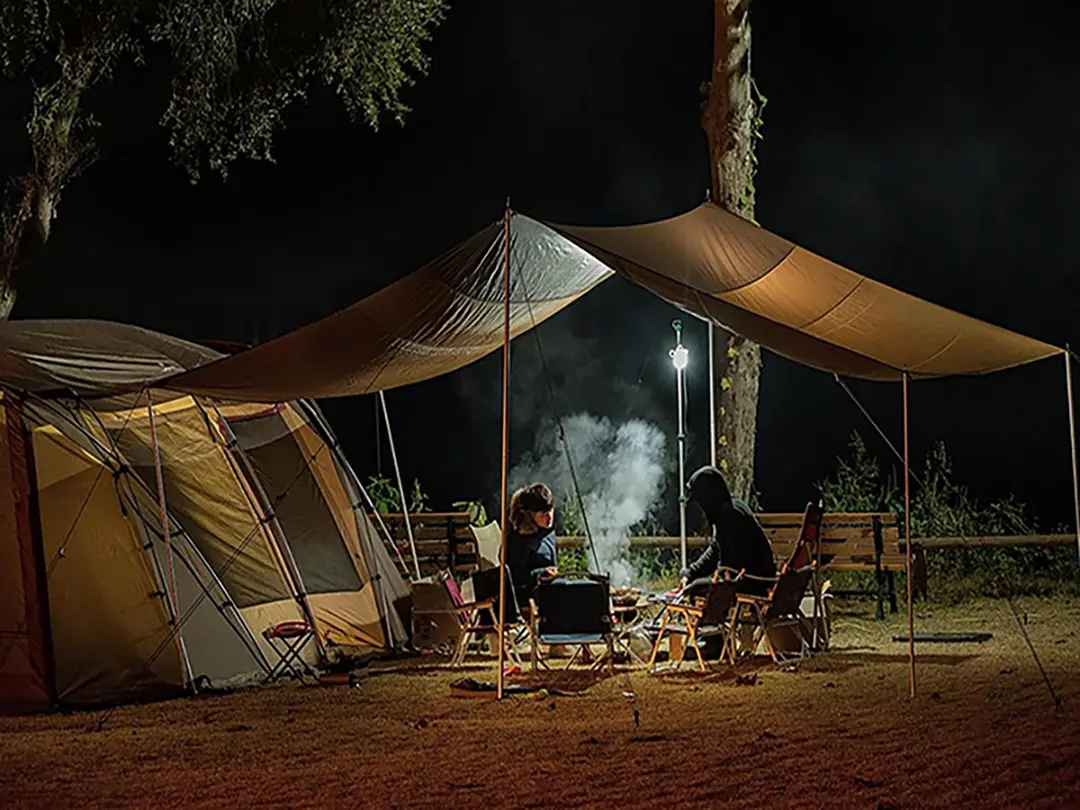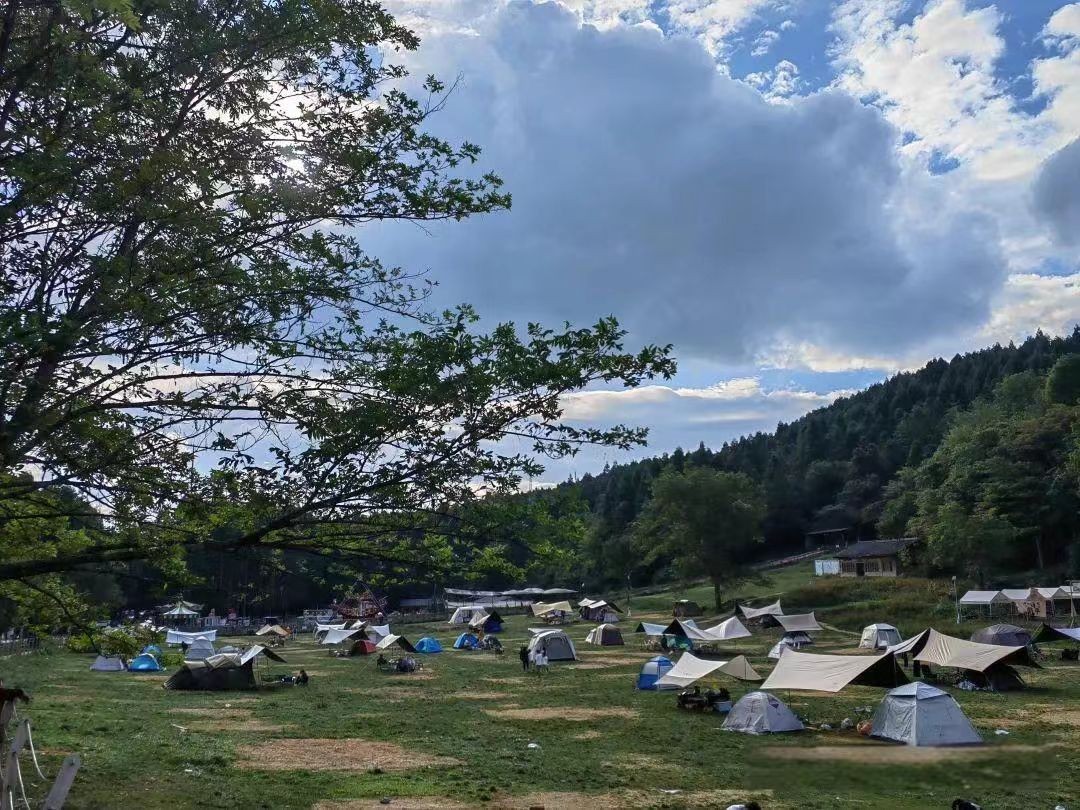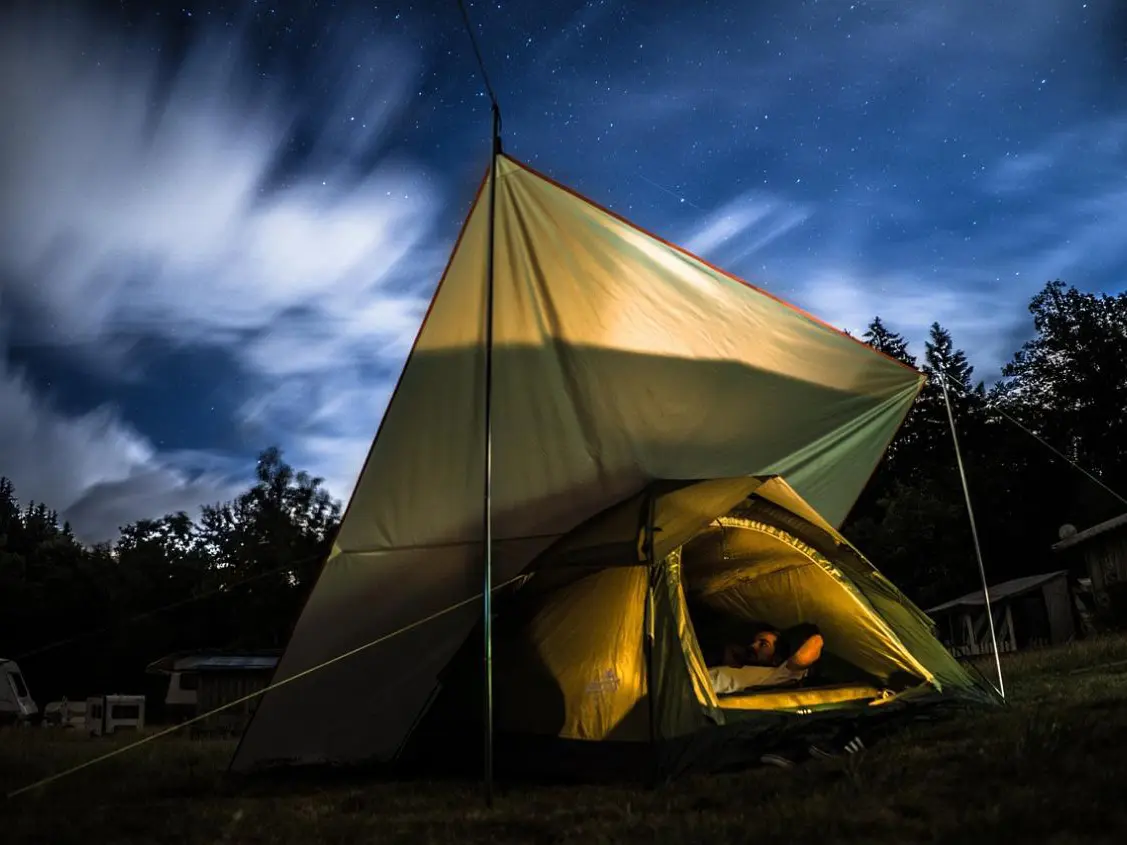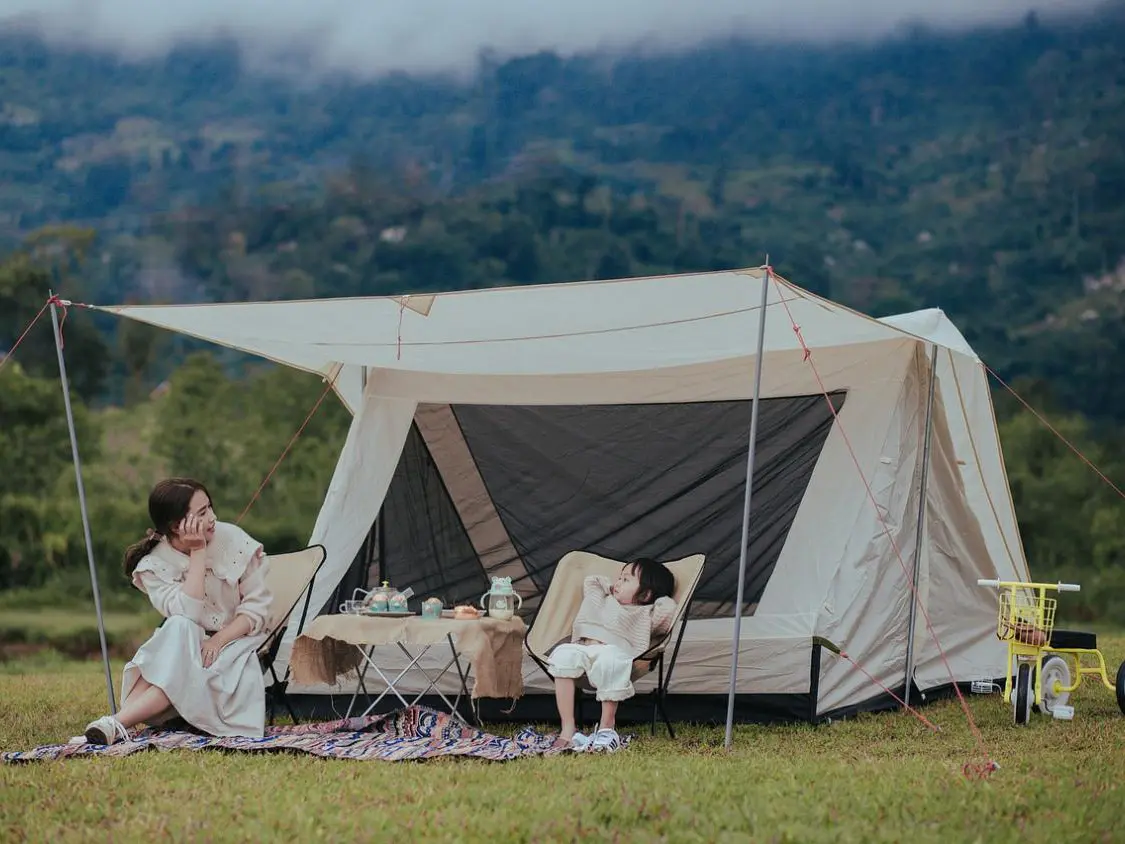Pyramid Tents: A Comprehensive Overview
Origins and Evolution
The pyramid tent, inspired by the traditional Native American tipi, has a rich history rooted in exploration and innovation. In the 19th century, military officer Henry Hopkins Sibley adapted the Indigenous conical shelter into a canvas-based design, which became widely used during the American Civil War. This hybrid structure—combining the simplicity of a tipi with the practicality of European tent designs—laid the foundation for modern pyramid tents. Over time, these shelters evolved into lightweight, versatile options favored by adventurers, from polar explorers like Robert Falcon Scott to contemporary backpackers seeking minimalist gear.
Advantages
Lightweight and Compact: Modern pyramid tents, often made from advanced materials like silicone-coated nylon or Dyneema, weigh as little as 100–500 grams (excluding poles). Their collapsible design makes them ideal for ultralight backpacking.
Superior Ventilation: The open-floor design and high apex promote airflow, reducing condensation and heat buildup. Users report comfort even in direct sunlight, avoiding the "sauna effect" common in enclosed tents.
Quick Setup: A central pole (often a trekking pole) and minimal stakes allow pitching in under 10 minutes, even in rain. The symmetrical structure also withstands strong winds due to its aerodynamic shape.
Versatility: These tents double as sunshades or rain tarps. Some models integrate with hammocks or feature removable inner nets for bug-free camping.
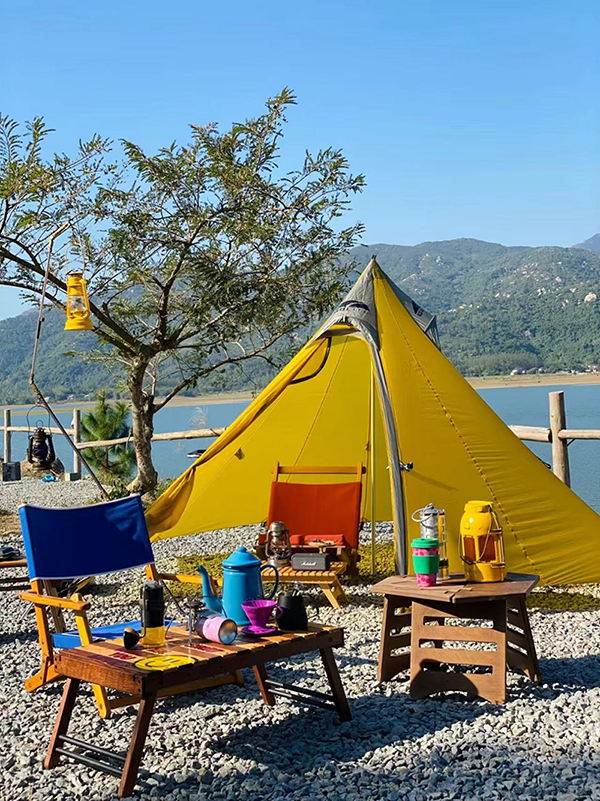
Drawbacks
Limited Privacy and Exposure: The open design offers little seclusion, making users feel exposed in crowded campsites.
Space Constraints: While adequate for solo use, the tapered shape limits headroom for taller individuals (e.g., a 2.5-meter-long tent may barely accommodate a 177cm user lying down). Sitting upright often requires careful positioning.
Weather Limitations: Heavy rain can overwhelm the minimalist design unless paired with a waterproof bivy or groundsheet. Sidewalls may also sag if not properly secured.
Accessory Dependency: Poles and stakes are rarely included, requiring additional purchases or DIY solutions.
Modern Applications
Today’s pyramid tents excel in fair-weather conditions and ultralight travel. Backpackers on trails like Sweden’s Kungsleden praise them for reducing pack weight while maintaining functionality. However, their open structure suits short trips or seasoned campers comfortable with minimalist setups. For harsh environments, reinforced models with snow skirts or double-walled designs bridge the gap between tradition and modern needs.
In Summary
Pyramid tents blend historical ingenuity with cutting-edge materials, offering a unique balance of simplicity and performance. While not perfect for every scenario, their adaptability and weight-saving benefits make them an appealing option for adventurers prioritizing efficiency over luxury.

